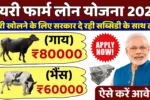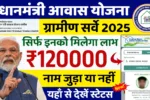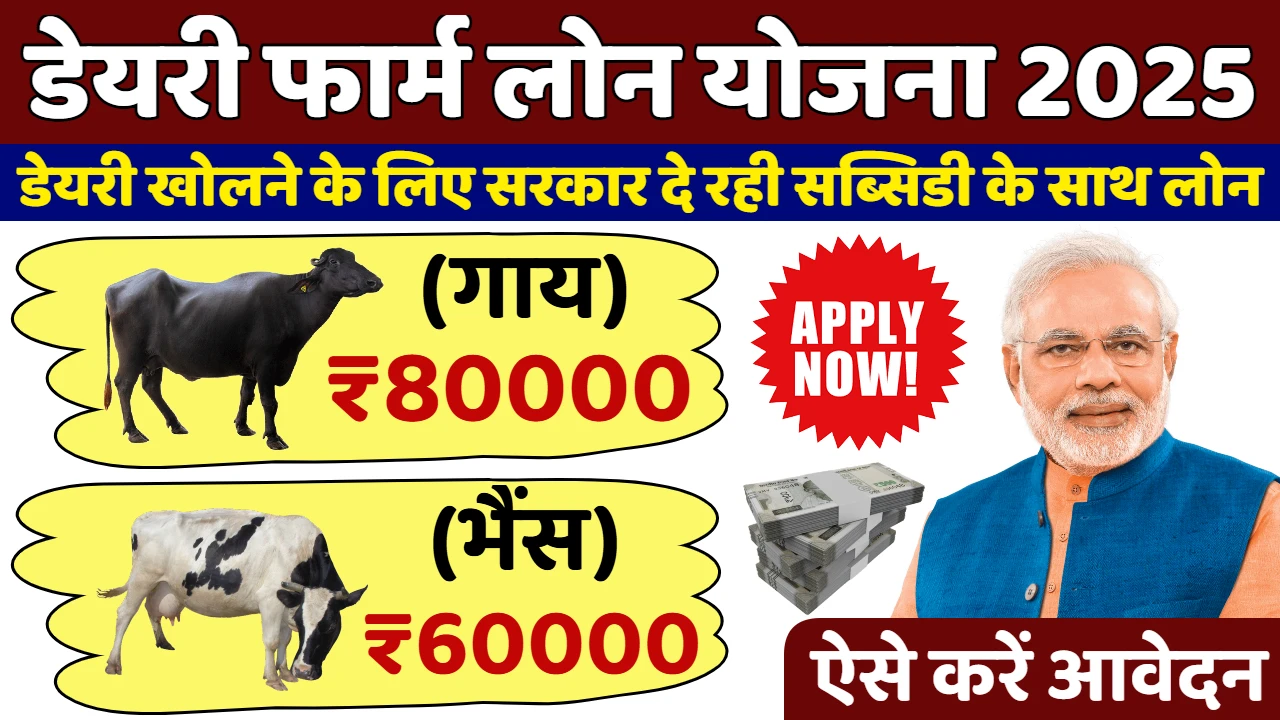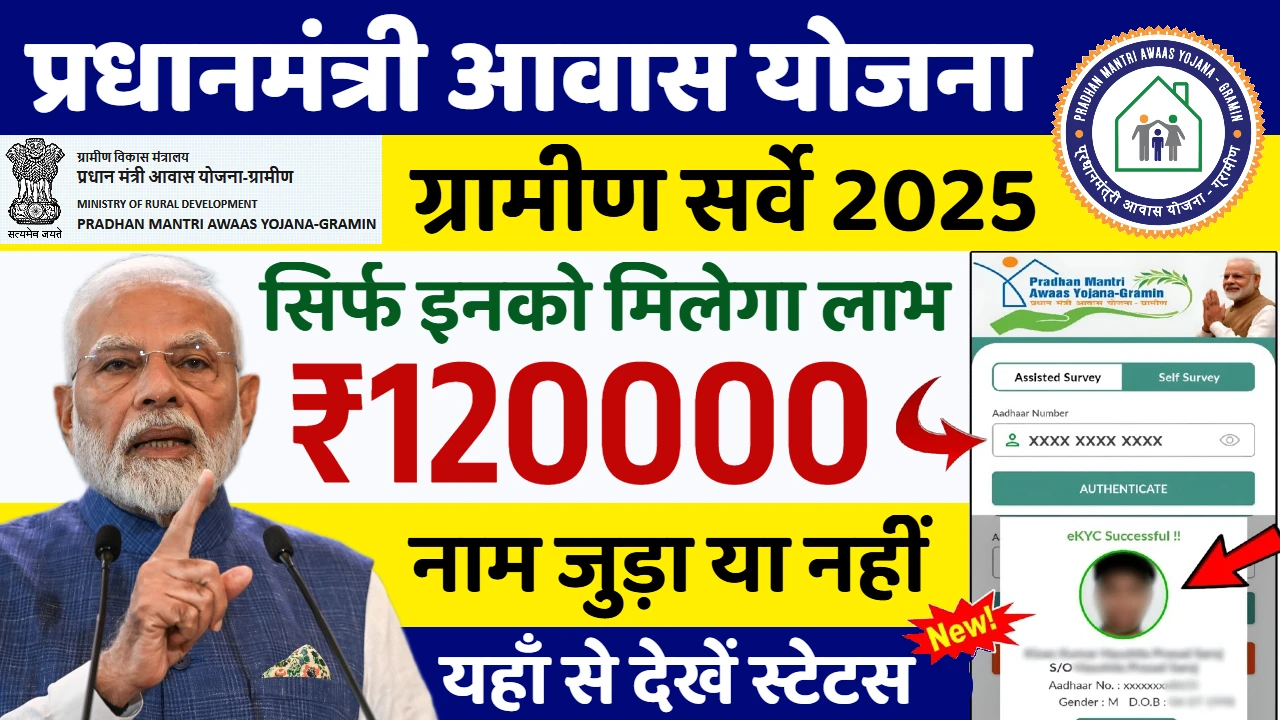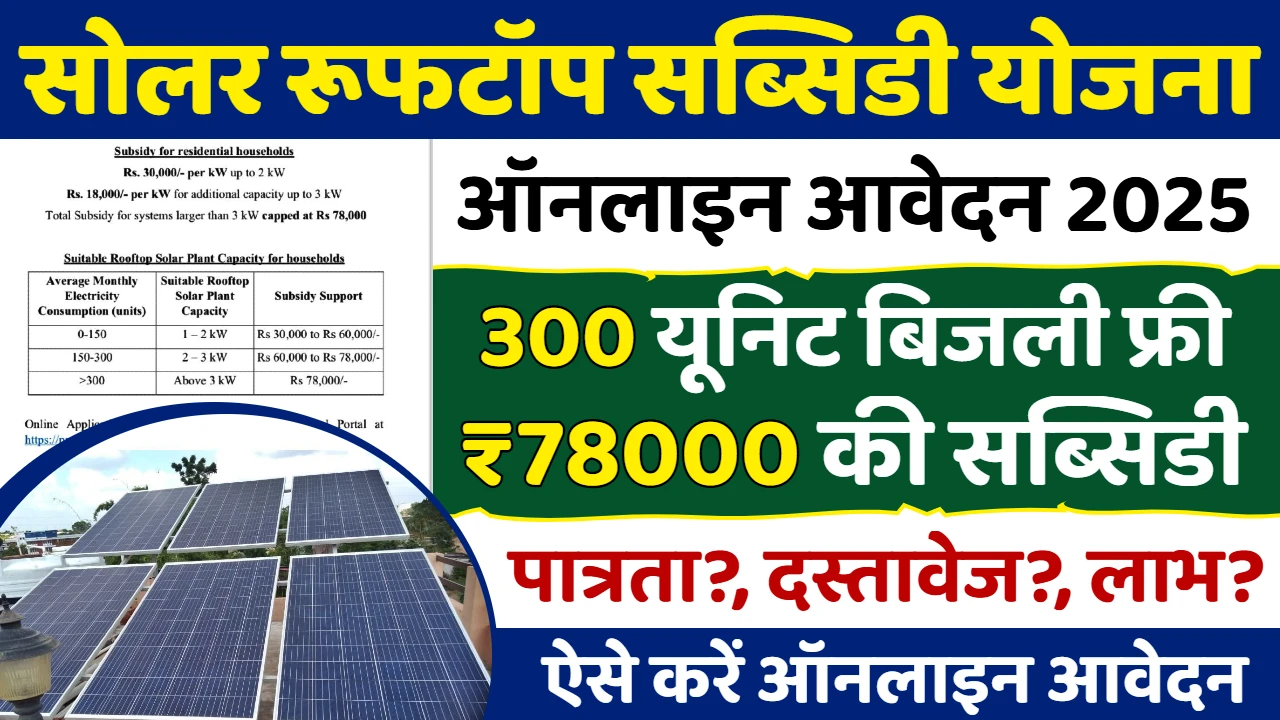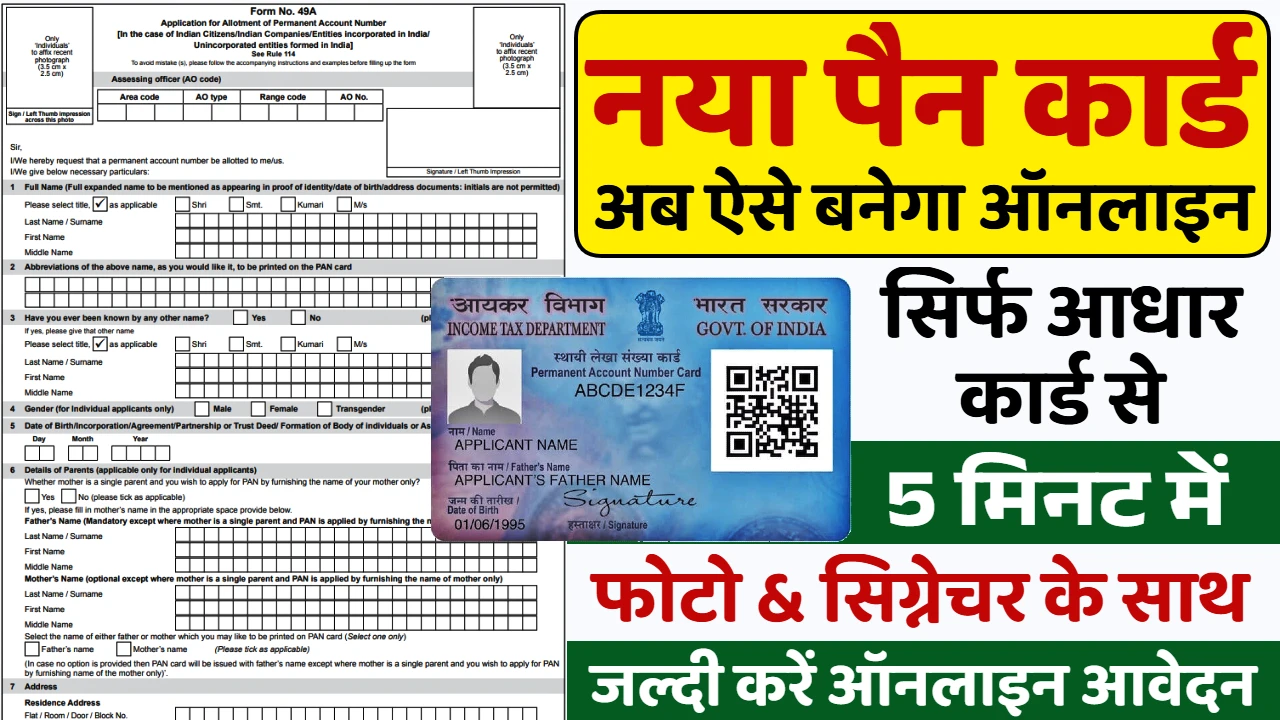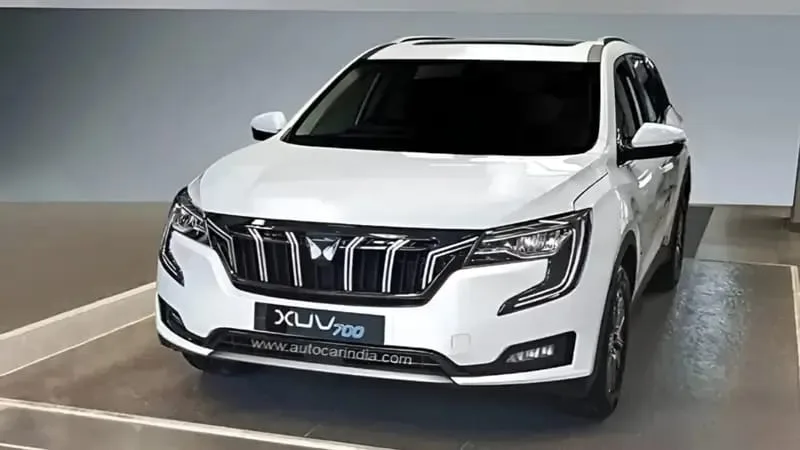visa : India, a land of vibrant cultures, breathtaking landscapes, and profound spirituality, beckons travelers from across the globe. For those planning a visit, understanding the Indian visa application process is the crucial first step. This guide aims to demystify the procedures, ensuring a smoother journey from application to arrival.
1. Ascertaining Your Visa Type: The Foundation
Before embarking on the application journey, it’s paramount to identify the correct visa category for your travel purpose. India offers a variety of visas, each tailored to specific needs. Misclassifying your visa type can lead to delays or rejection.
- Tourist Visa: For leisure, sightseeing, and casual visits to friends or relatives.
- Business Visa: For individuals engaging in business activities, meetings, or establishing commercial ties.
- **Medical Visa: For those seeking medical treatment in India.
- Conference Visa: For attending conferences, seminars, or workshops.1
- Employment Visa: For individuals taking up employment in India.
- Student Visa: For pursuing academic courses in recognized Indian institutions.
2. The E-Visa Advantage: Streamlined Digital Process
For citizens of many countries, the Indian e-Visa system has revolutionized the application process, making it significantly more convenient. This electronic travel authorization eliminates the need to visit an embassy or consulate for most eligible nationalities.
- Online Application: The entire application is completed online through the official Government of India e-Visa portal.
- No Physical Submission: No physical documents are required to be submitted to an embassy or consulate.
- Email Delivery: Once approved, the e-Visa (Electronic Travel Authorization – ETA) is sent directly to your registered email address.
3. Traditional Paper Visa: When an E-Visa Isn’t an Option
While the e-Visa is widely available, some nationalities or specific travel purposes may still require applying for a traditional paper sticker visa through an Indian embassy, high commission, or their authorized visa application centers like VFS Global. This process typically involves submitting a physical application form and supporting documents.
- Jurisdiction Matters: Ensure you apply to the correct Indian Mission or VFS Global center that has jurisdiction over your residential area.
- Appointment Booking: An appointment is often required for submitting documents and biometric data.
- Physical Submission: You will need to physically submit your application form, passport, and supporting documents.
4. Essential Documentation: Gathering Your Paperwork
Regardless of whether you choose the e-Visa or a regular paper visa, a set of crucial documents will always be required. Thorough preparation of these documents is vital to avoid any processing hurdles.
- Valid Passport: Your passport must have at least six months of validity from your date of arrival in India and at least two blank pages for immigration stamping.
- Digital Photograph: A recent, clear passport-style photograph with a white background, adhering to specific size and format guidelines.
- Application Form: The duly filled and signed online application form (for regular visa) or the completed e-Visa application form.
- Travel Itinerary: Details of your flight bookings (onward and return), and proposed places of visit in India.
- Proof of Funds: Evidence of sufficient financial means to support your stay in India. This could be bank statements or credit card statements.
5. Additional Documents Based on Visa Type
Beyond the core documents, specific visa categories necessitate additional supporting paperwork. Understanding these requirements beforehand is crucial for a complete application.
- Business Visa: Invitation letter from an Indian company, business card, and proof of business activities.
- Medical Visa: Letter from an Indian hospital confirming the medical treatment.
- Conference Visa: Invitation letter from the conference organizer, and sometimes political and event clearances.
- Employment Visa: Employment contract, educational qualifications, and experience certificates.
- Student Visa: Admission letter from a recognized educational institution in India, and proof of financial support for studies.
6. Navigating the Online Application Portal
The official Indian Visa Online portal (https://indianvisaonline.gov.in/) is the primary gateway for e-Visa applications. Familiarizing yourself with its interface is key to a smooth process.
- Accurate Information: Double-check all details entered, ensuring they match your passport exactly. Any discrepancies can lead to rejection.
- Photo and Passport Uploads: Ensure your digital photo and scanned passport copy meet the specified file size and format requirements.
- Application ID: Note down the auto-generated application ID for future reference and tracking.
7. Understanding Visa Fees and Payment
Indian visa fees vary depending on your nationality, the type of visa, and its duration. These fees are generally non-refundable, even if your application is rejected.
- Online Payment: E-Visa applications typically require online payment via credit/debit cards.
- VFS Centers: For regular visas, payment is usually made at the VFS Global application center during your appointment.
- Transparent Costs: Be aware of the government visa fee, service charges (if applicable), and any additional optional services you opt for.
8. Processing Times and Tracking Your Application
The processing time for Indian visas can vary. While e-Visas are often processed within a few business days (sometimes even within 24 hours for urgent applications), regular visas may take longer.
- Normal vs. Urgent Processing: Be mindful of the different processing timelines and associated fees.
- Online Tracking: Utilize the provided application reference number to track the status of your visa application online.
- Plan Ahead: Apply well in advance of your intended travel date to account for any unforeseen delays.
9. Post-Approval Procedures and Arrival in India
Once your visa is granted, whether an e-Visa or a physical sticker in your passport, there are a few final steps to ensure a hassle-free entry into India.
- Print E-Visa (ETA): For e-Visa holders, carry a printout of your Electronic Travel Authorization.
- Carry All Documents: Keep copies of all supporting documents submitted during your application, as immigration officers may request them.
- Biometric Data: Be prepared for biometric data capture (fingerprints and photo) upon arrival at the Indian port of entry.
10. Important Considerations and Tips for a Smooth Process
A successful visa application hinges on meticulous attention to detail and adherence to guidelines. Keep these important tips in mind.
- Official Websites Only: Always use the official Government of India visa portal or the authorized visa application center’s website. Beware of fraudulent websites.
- Accuracy is Key: Provide accurate and consistent information across all your documents and the application form.
- Contact for Queries: If you have any doubts or require clarification, contact the relevant Indian embassy, consulate, or their authorized service provider’s helpline.
- Review Before Submission: Thoroughly review your application before final submission to catch any errors.
- Stay Updated: Visa regulations can change, so it’s always advisable to check the latest requirements on official government websites.
By following this comprehensive guide, prospective visitors can confidently navigate the Indian visa application process, bringing them one step closer to experiencing the incredible diversity and charm of India.


